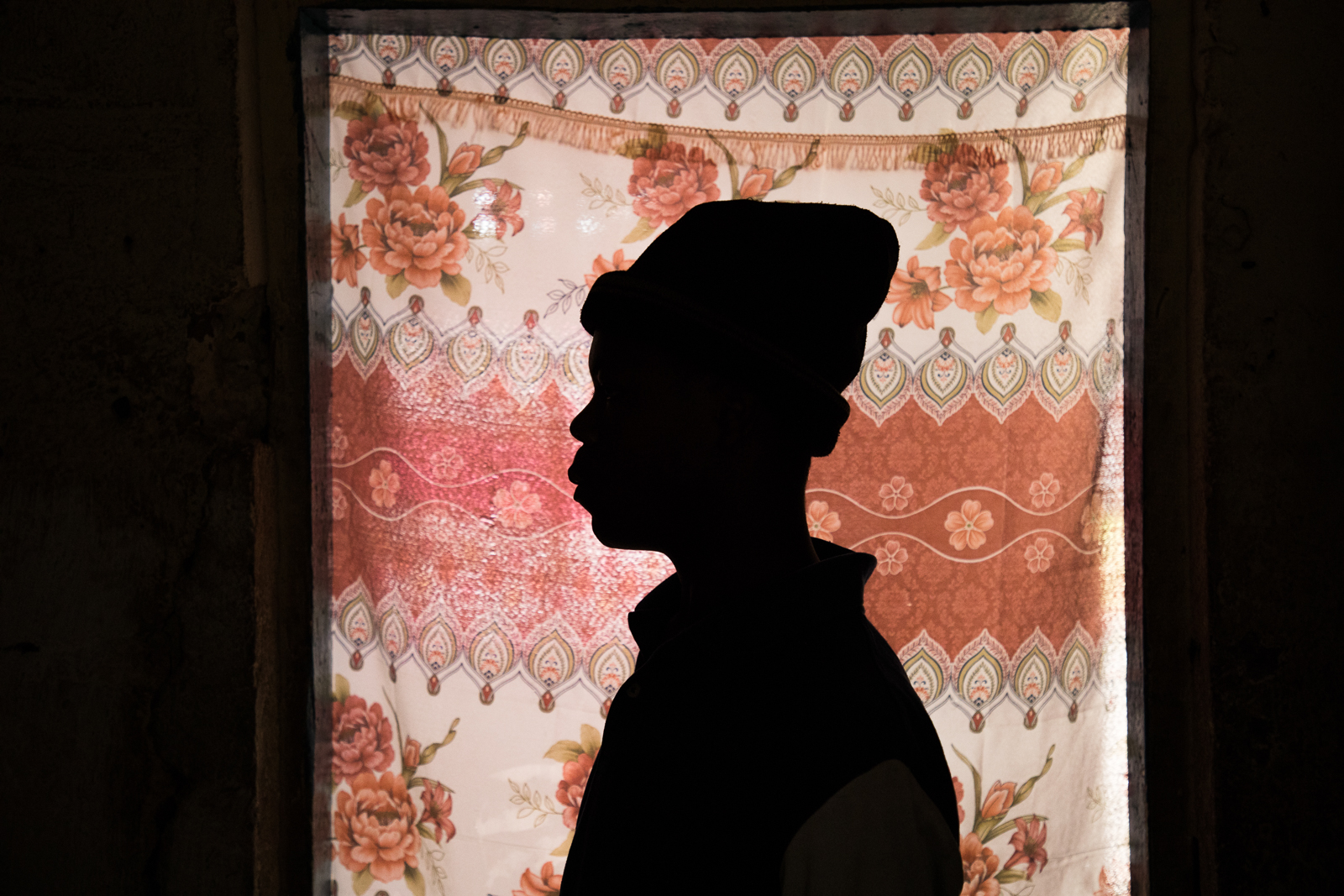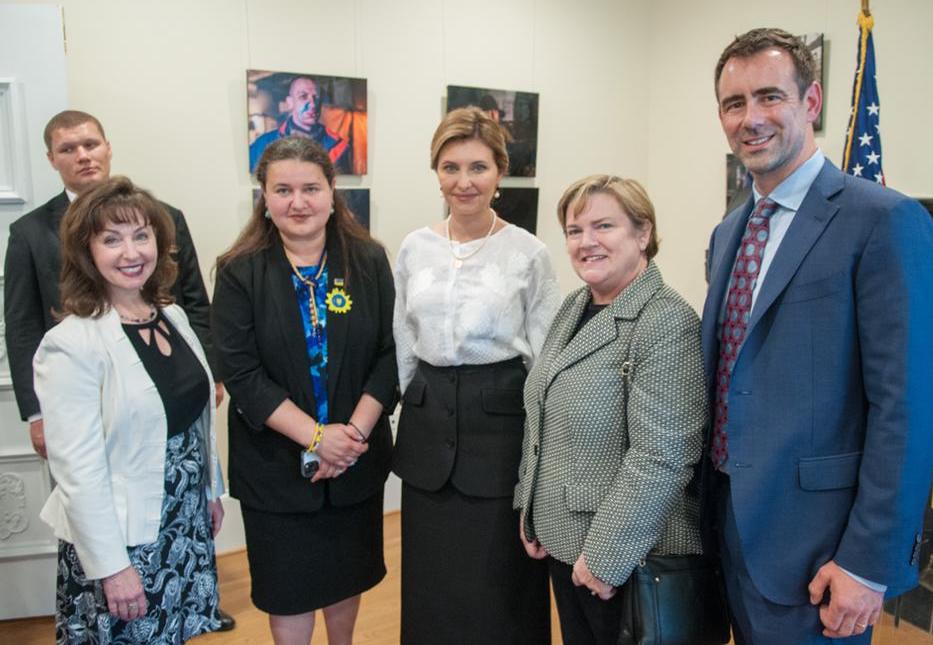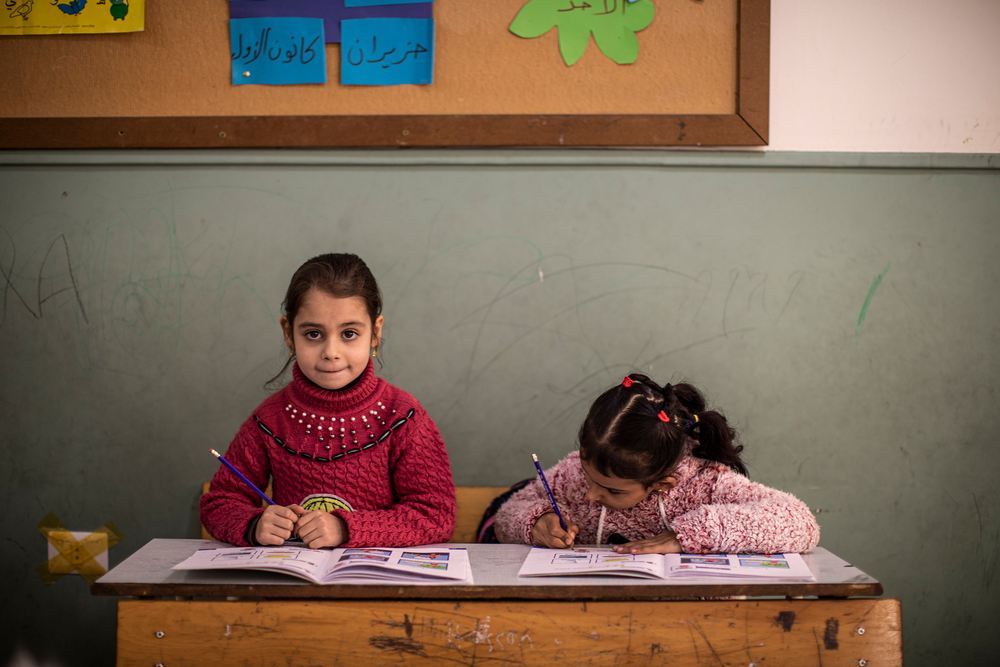
What next for Colombia’s child soldiers when the 50-year conflict finally ends?
Child soldiers, Children in conflicts, Education in emergencies
Getting child recruits into school will help them to deal with their trauma and give them self-worth through education - but major challenges lie ahead.
The world’s longest-running war is set to finally come to an end in Colombia this year. The head of the United Nations mission in the country said he hopes FARC rebels will begin disarming “in the next few weeks” after their historic ceasefire with the government.
But questions remain over the future of the child soldiers in the guerrilla ranks and the generations whose education has not only been a casualty of conflict but is now crucial to building peace.
The complex ways in which Colombia’s young have been caught up in the conflict were underlined in a UN report on their situation in October, in which the then Secretary-General Ban Ki-moon called on all parties to put their protection first.
It said: “Priority should be given to the special protection needs of children as victims, but also as witnesses, and perpetrators when associated with armed groups, through restorative justice processes and rehabilitation, in accordance with their best interests.”
Education is key if children who have taken part in violence are to be rehabilitated, say experts.
“Education is a powerful means in the reintegration of children formerly associated with armed groups and forces and should be prioritised in reintegration programming,” said a spokesperson for Child Soldiers International, an NGO based in London that works with local organisations worldwide to develop reintegration projects.
“Research shows that schooling mitigates the effect of war and trauma on children affected by armed conflict. Among other benefits, school provides a structured context, which helps distressed children regulate emotions.
“It allows them to develop a new and positive identity, and sense of self-worth, through the acquisition of knowledge. It promotes a sense of purpose and offers opportunities for socialising with peers, breaking isolation … and rehabilitating the child in the eyes of the community.”
More than 50 years of war have killed at least 220,000 people and displaced more than six million in Colombia.
The stakes could not be higher for the education of young people who were forcibly recruited by armed groups or joined voluntarily to escape poverty and violence.
Although the official reintegration programme of the Colombian Family Welfare Institute makes provision for getting former soldiers into learning, few underestimate the challenges ahead.

One of these is that no one knows how many child soldiers there are. The rebels had long denied recruiting minors before announcing last year they would no longer take on under-18s.
In May the defence ministry estimated that FARC counted some 170 children in its ranks. But others, including the UN, believe thousands of children have fought for the rebels.
A UNICEF report in March 2016 said 6000 children had fled armed groups since 1999 and the average age of recruitment was 13.
After announcing in May that it would free all under-18s, FARC released 13 to the Red Cross in September.
“There is absolutely no way of knowing how many child soldiers there are in Colombia. It is impossible to know,” said Colombian public defender and child rights specialist Mario Suescun, who helped develop the protocol for reintegration.
This includes preparation for demobilised soldiers who don’t easily fit back into school, he said by phone from Bogota.
“One of the biggest problems is the issue of extraedad (extra age) – the fact that many child soldiers who missed out on schooling are now too old for their appropriate school level.”
His comments were echoed by Maria Fernanda Cruz, programme coordinator at Mercy Corps, which works to help children resist recruitment by armed groups, and to aid their rehabilitation after demobilisation.
While older youth will be helped to find their level through official channels, this is harder to apply to those demobilised through informal routes.
Ahead of the referendum in October, in which Colombians narrowly voted to reject the peace deal, Cruz said some young soldiers were being returned to civilian life secretly through informal routes.
If they are not educated they are going to fall into drug trafficking and armed gangs. We construct programmes to give them opportunities to learn Maria Fernanda Cruz, programme coordinator at Mercy Corps
In some cases, military chiefs were releasing their own children quietly in remote areas as they feared that their information about crime and drug trafficking, for example, could make them vulnerable.
Such informal demobilisation excludes former child soldiers from benefits of the government scheme, including possible compensation that might prevent them returning to armed groups, said Cruz.
Like those who would return through official channels, young people returning through the informal route had not only missed years of schooling but were traumatised and needed additional support to go to school, said Cruz. “They need psychosocial report in order to return to school,” she said.
“If they are not educated they are going to fall into drug trafficking and armed gangs. We construct programmes to give them opportunities to learn,” she said.
Cruz added that Mercy Corps is one of the few organsations that has access to reach children affected by war in some of the most remote areas, where it works to prevent children re-entering conflict.
Psychosocial support was one of the two main factors in deciding whether former child soldiers are able to go to school, she said, citing the other as the volatile security situation.
UNICEF made clear in March the toll of this security situation on education in Colombia.
Children in conflict-affected areas make up 40% of the out-of-school population among primary and lower secondary school students, according to the report, Childhood in a Time of War.
Forced displacement, insecurity, the threat of recruitment and of sexual violence, and the presence of antipersonnel mines in and near schools are causing children to drop out, it said.
In addition, children’s participation in civic military activities, such as parades, and school visits to military bases can expose them to the risk of military attack and retaliation by non-state armed groups.
Damage to schools during armed clashes further exposes children to harm and causes school closures.
Death threats against teachers, killings, displacement and insecurity have resulted in teacher shortages in the worst affected areas, limiting children’s schooling opportunities even more.
In the three years until 2015, at least 10 teachers were killed and 65 schools were damaged, mined or used for military purposes by parties to the conflict.
Conversely, recent research into the effects of civil conflict on educational levels in Colombia proved that schools have had a protective effect for vulnerable children and helped to develop high levels of resilience among demobilised child soldiers.
Academic Dr Silvia Consuelo Gomez Solder called on policymakers to invest more resources and create incentives to meet the special needs of Colombia’s displaced students in order to keep them in school.
Treating ex-child soldiers not just as victims but recognising what they have to offer and equipping them for the future is important, said Maria Fernanda Cruz of Mercy Corps.
In some rural areas, she says, the difficulty in getting them into learning is a simple one. “There are just too few schools for child soldiers to return to.”
More news

Theirworld initiative helps to deliver $30m of computers to Ukrainian children
